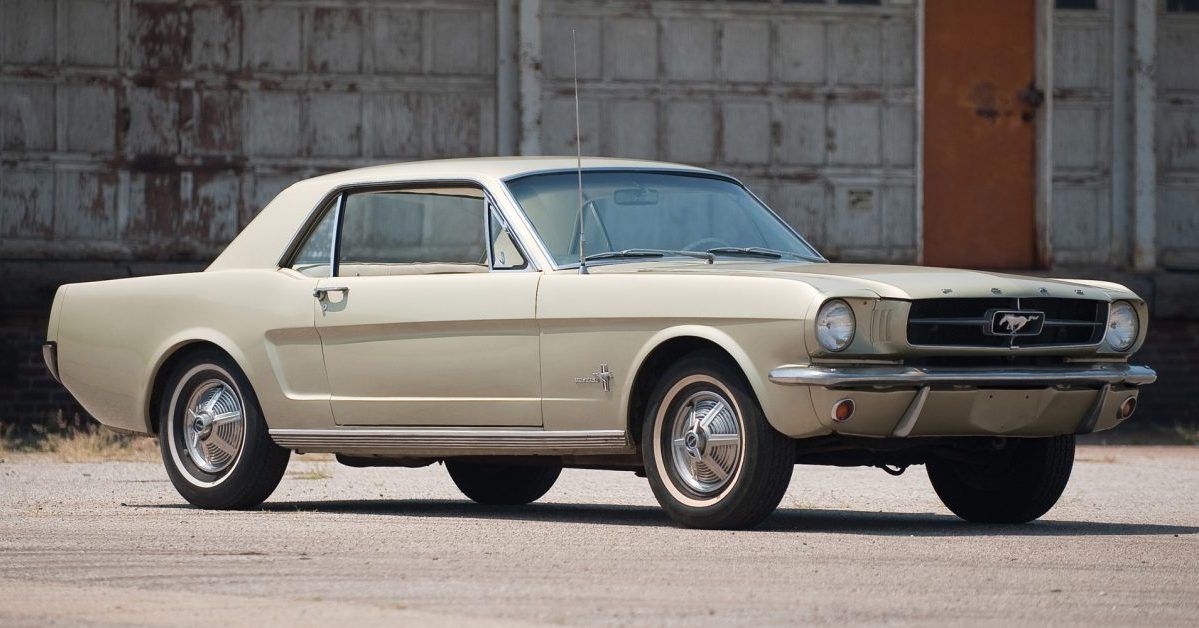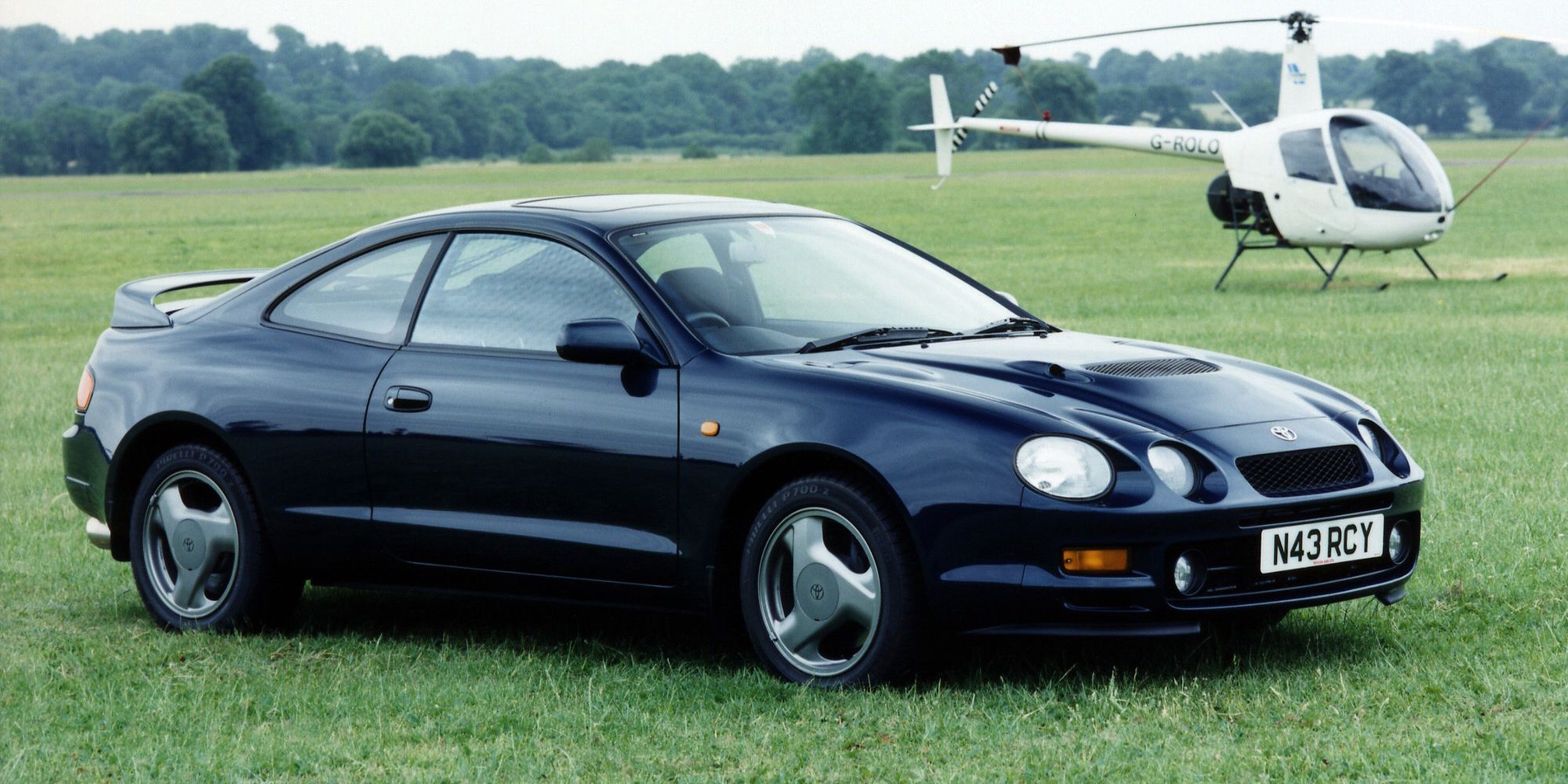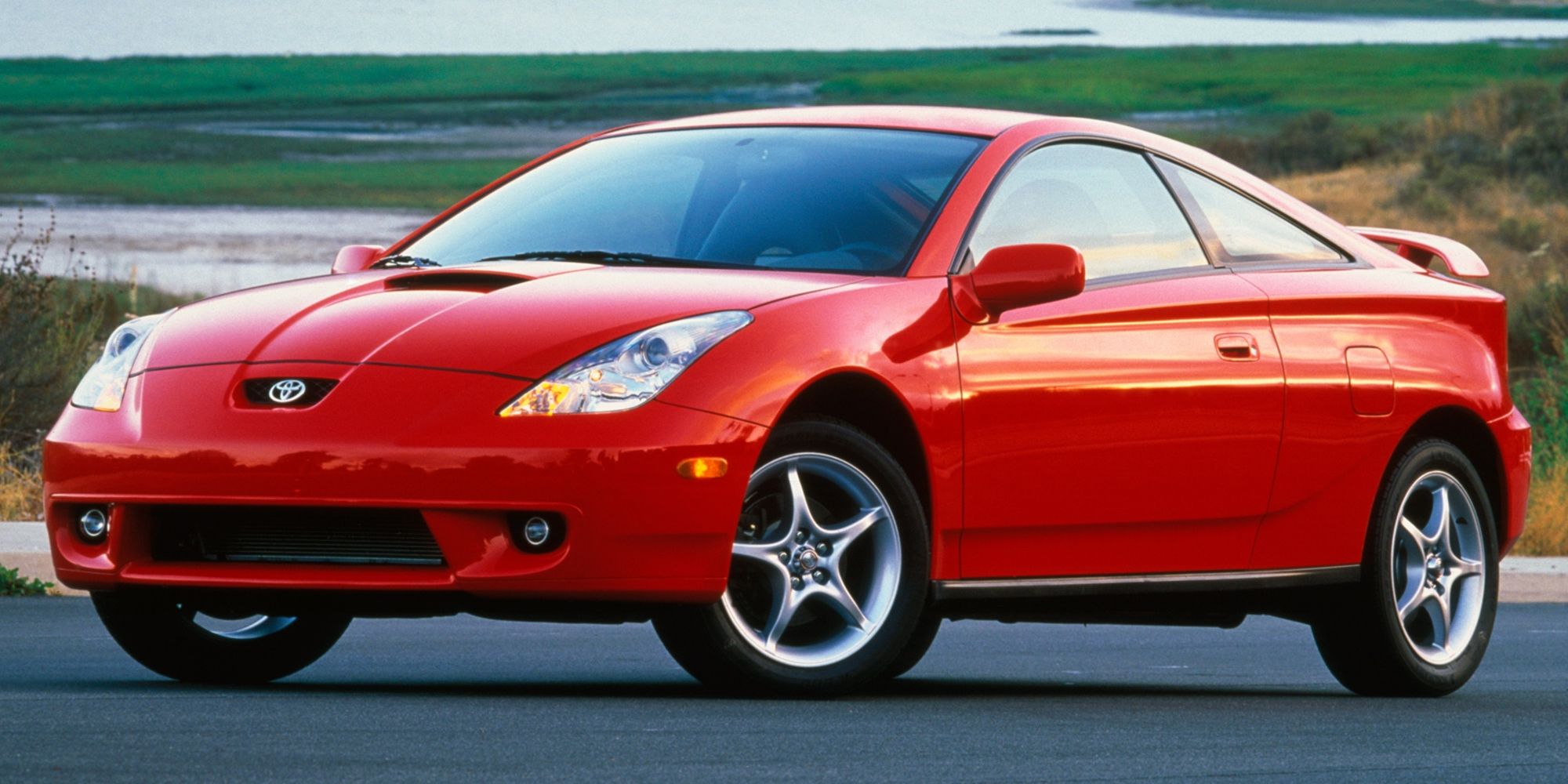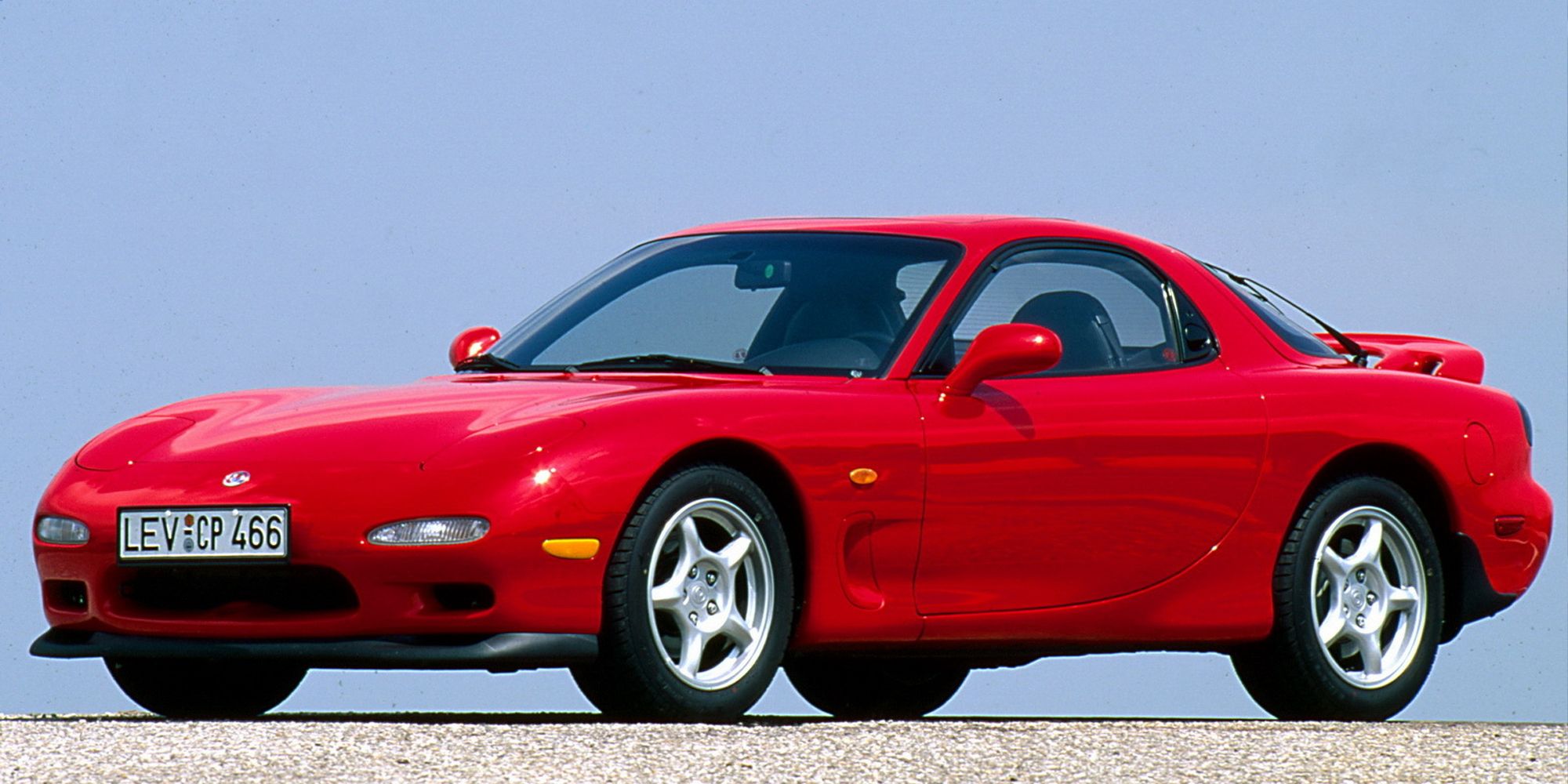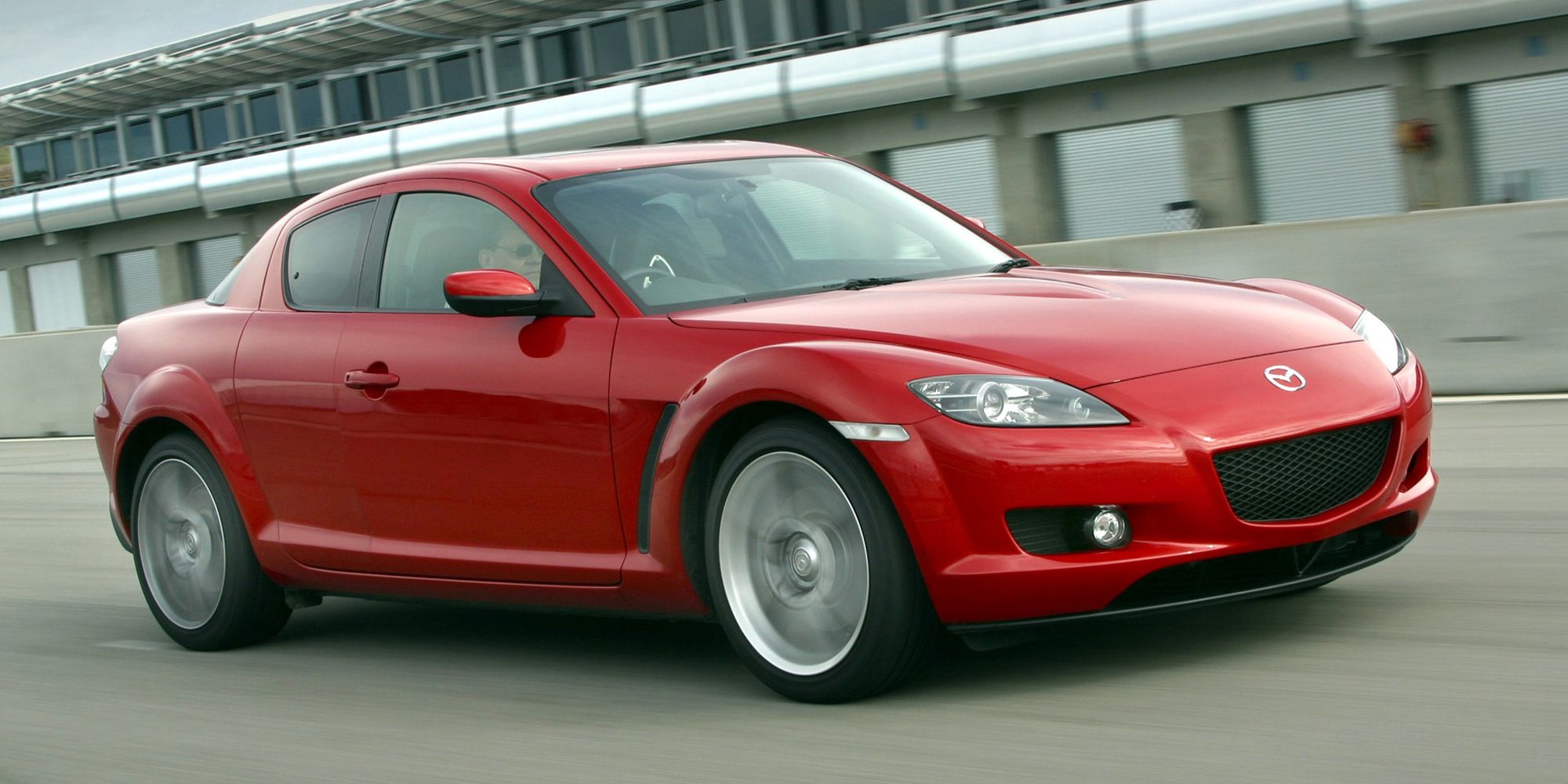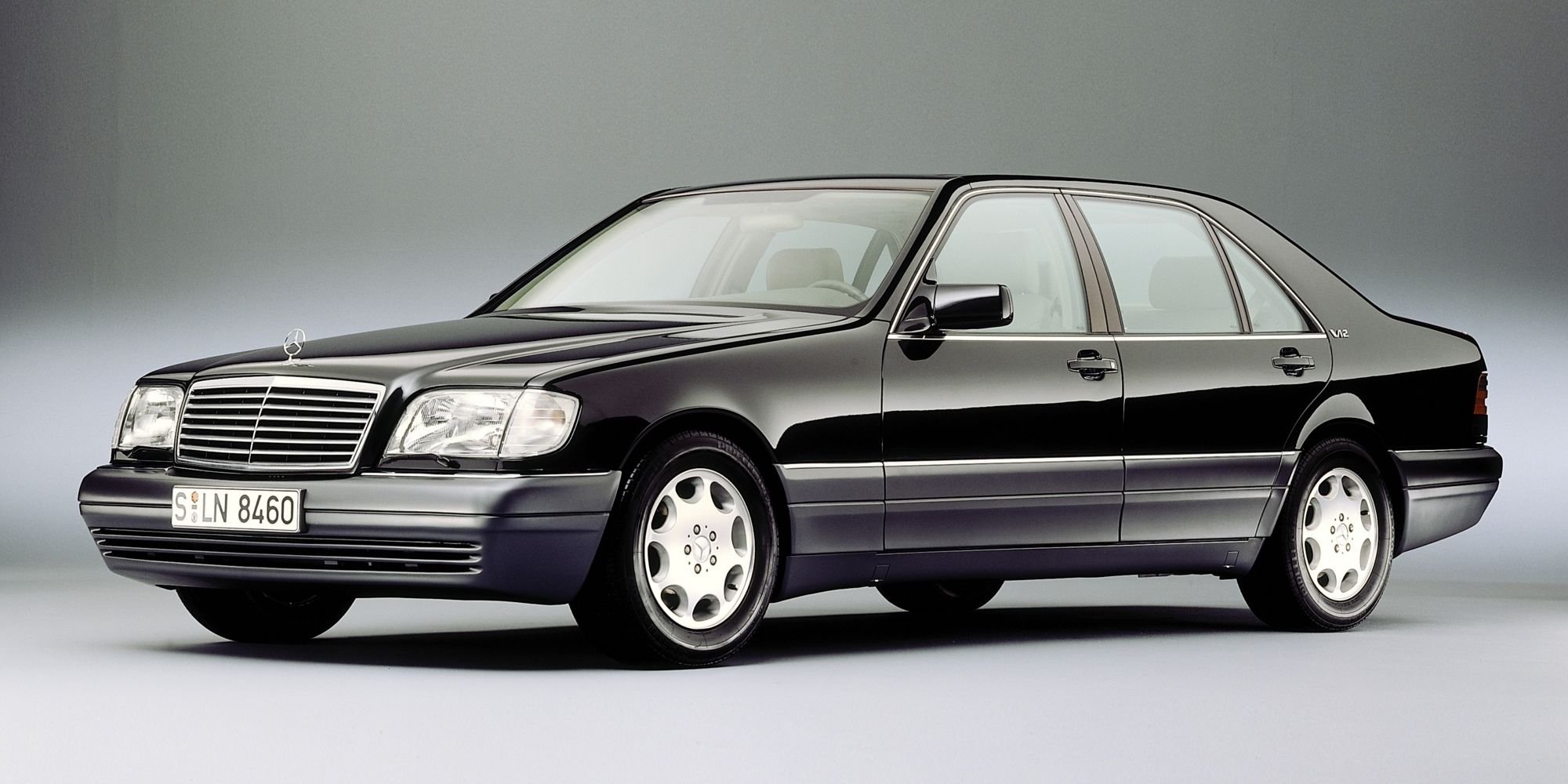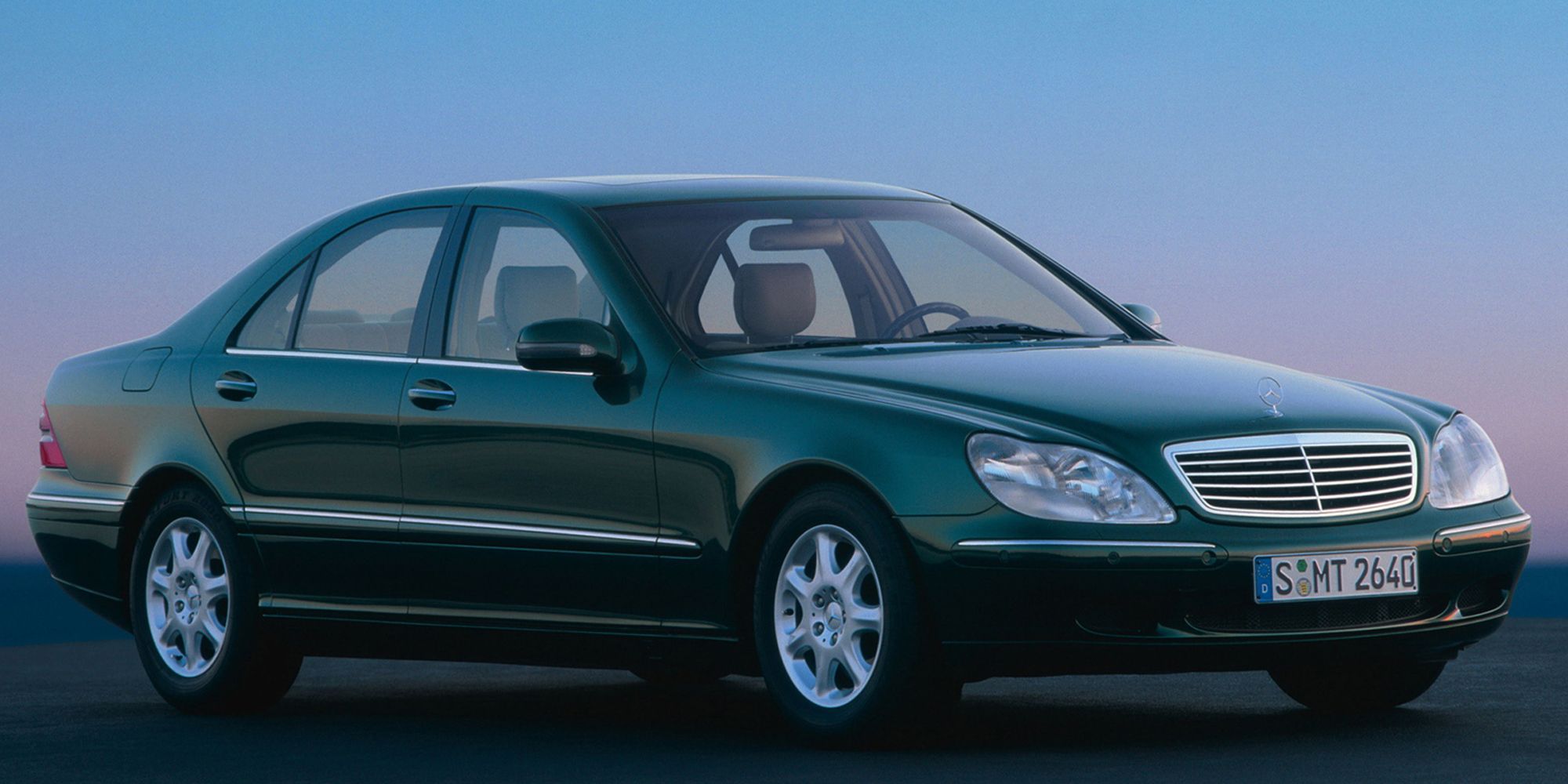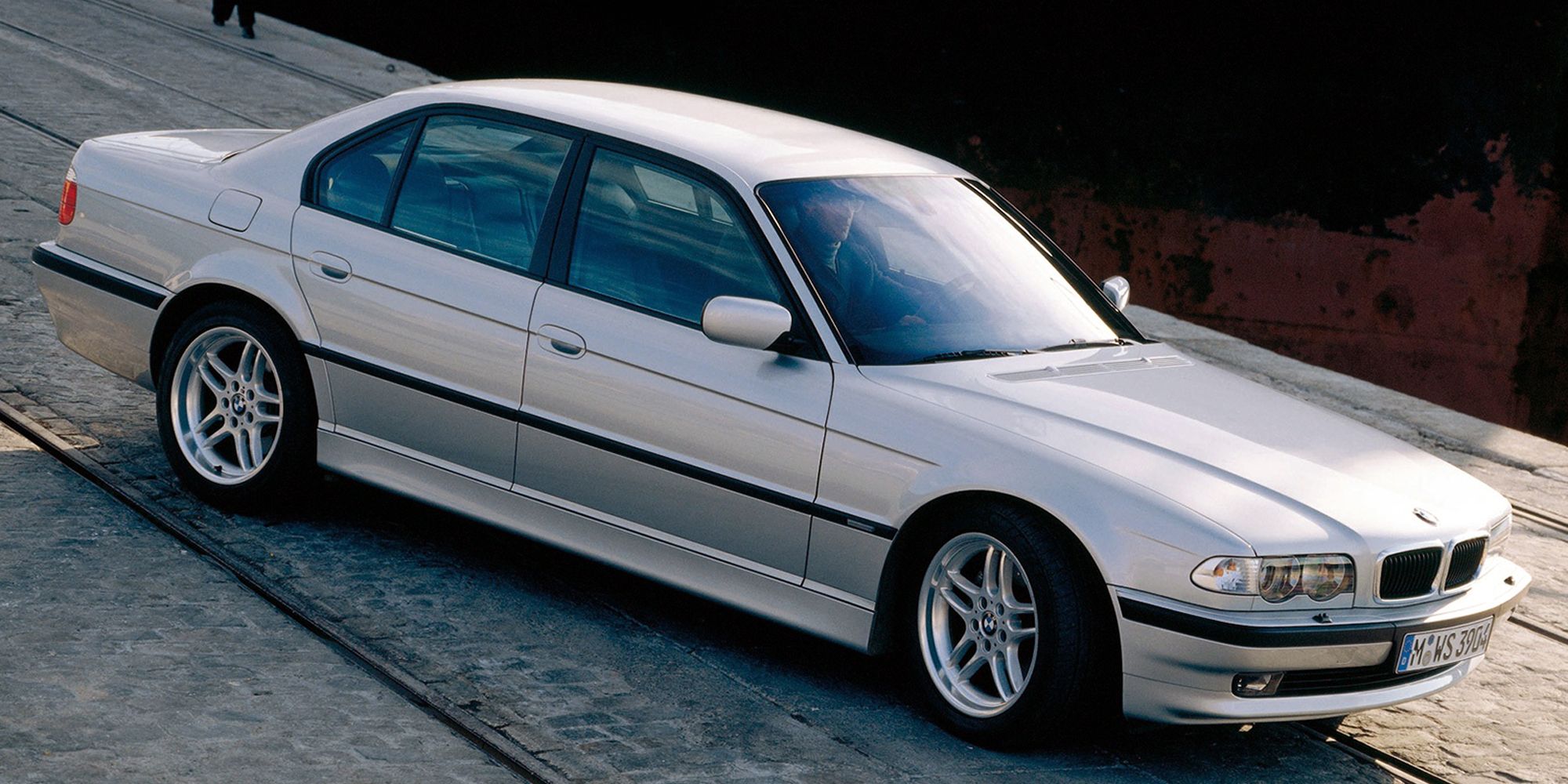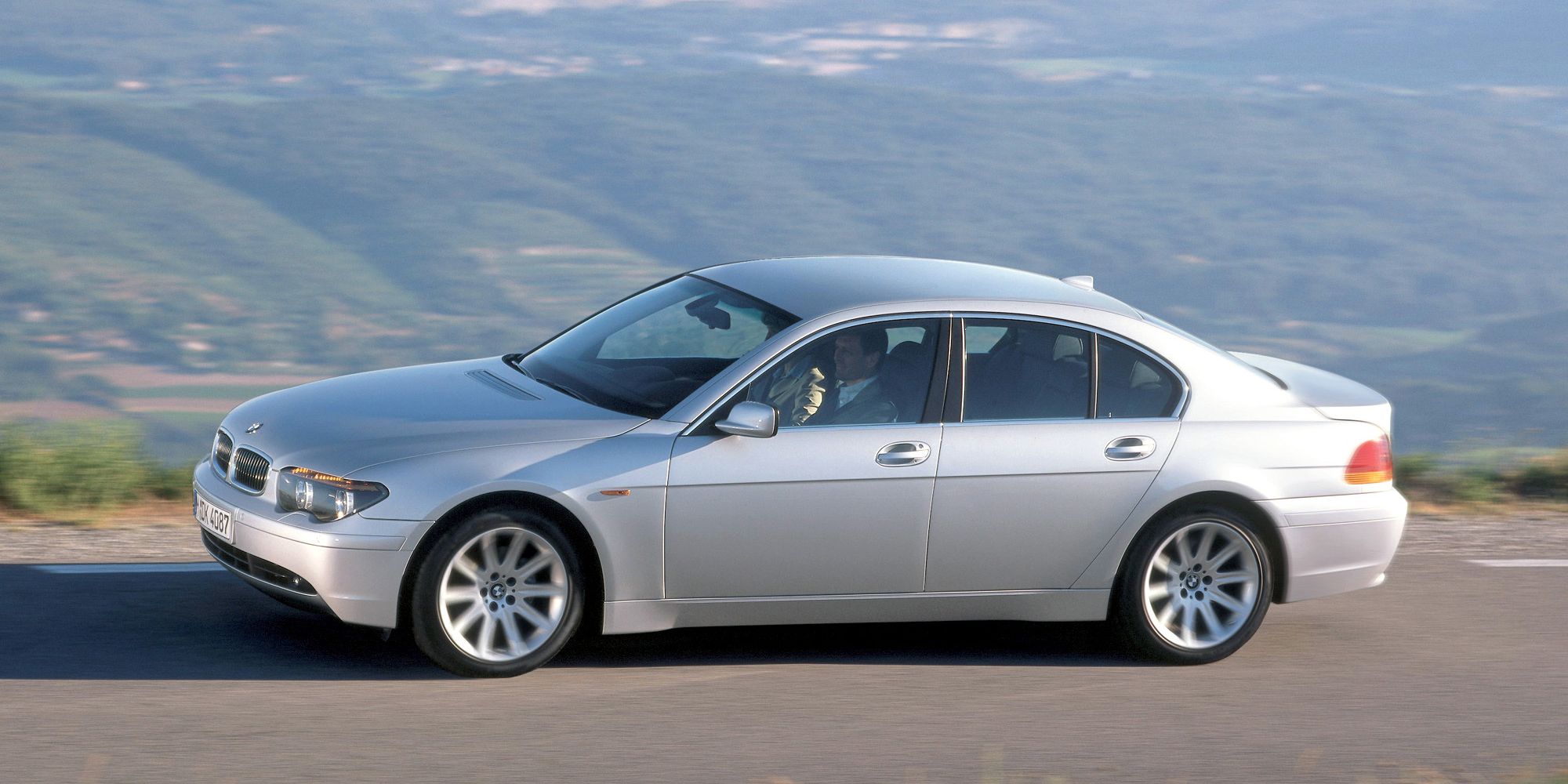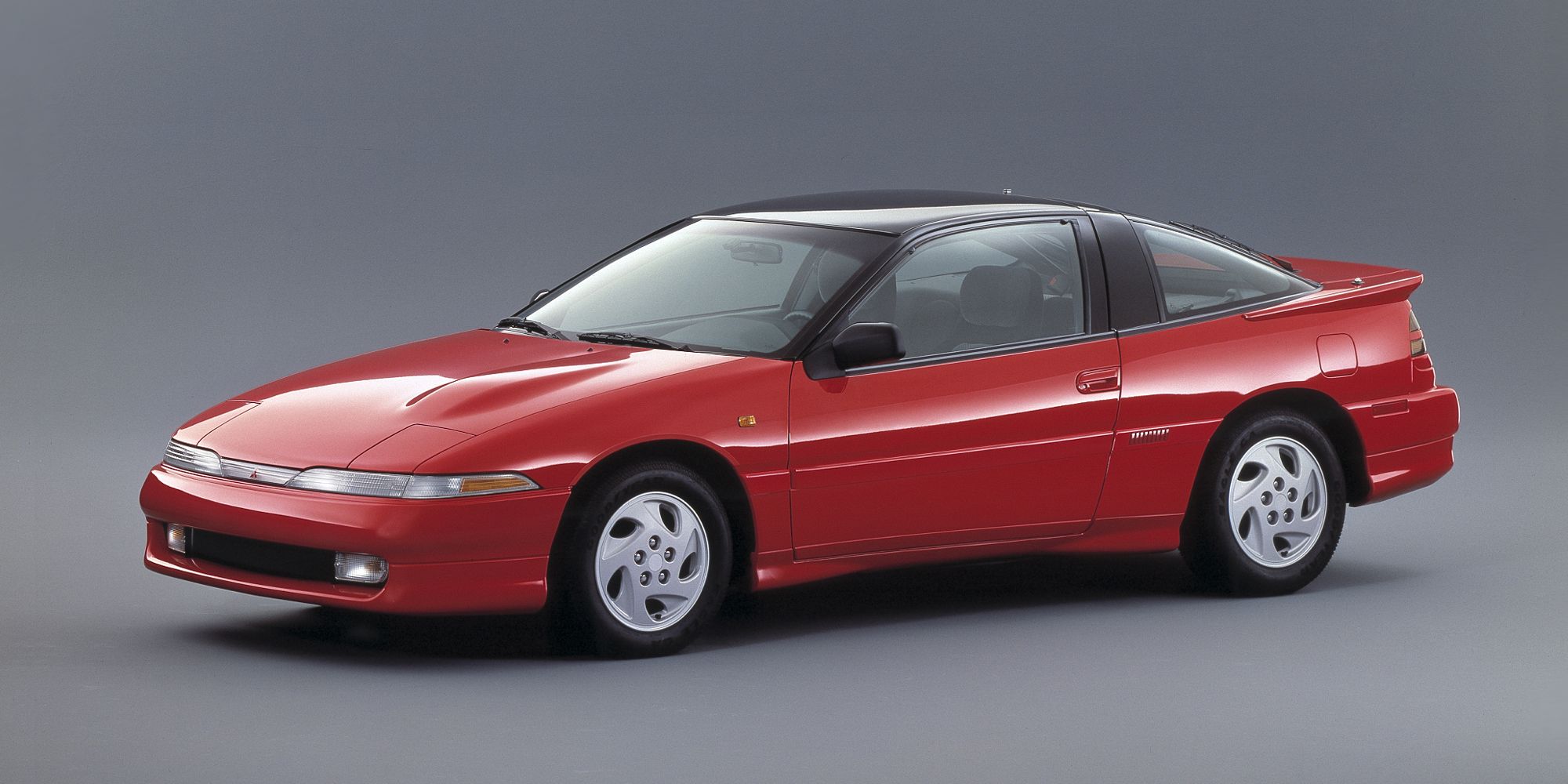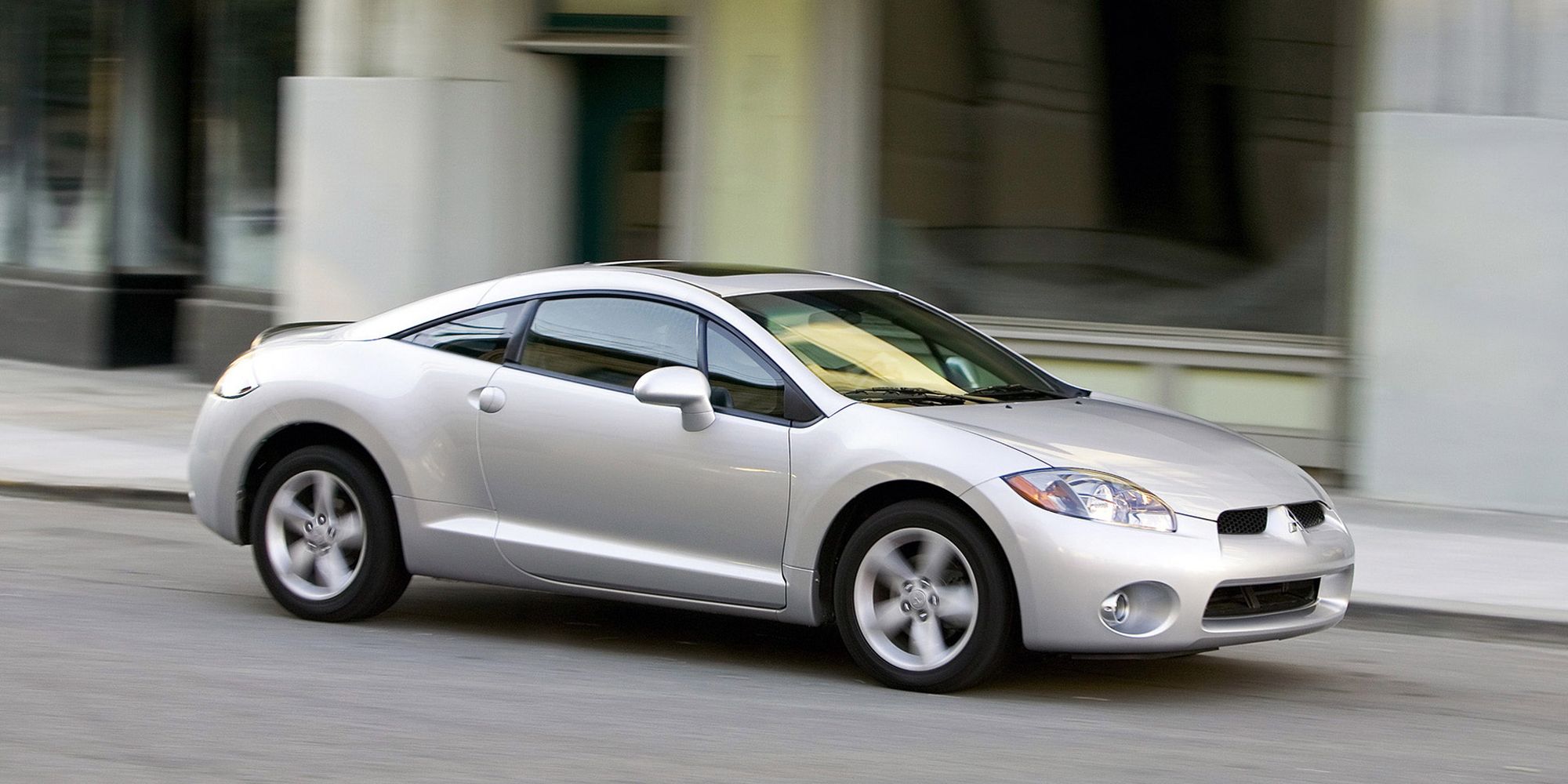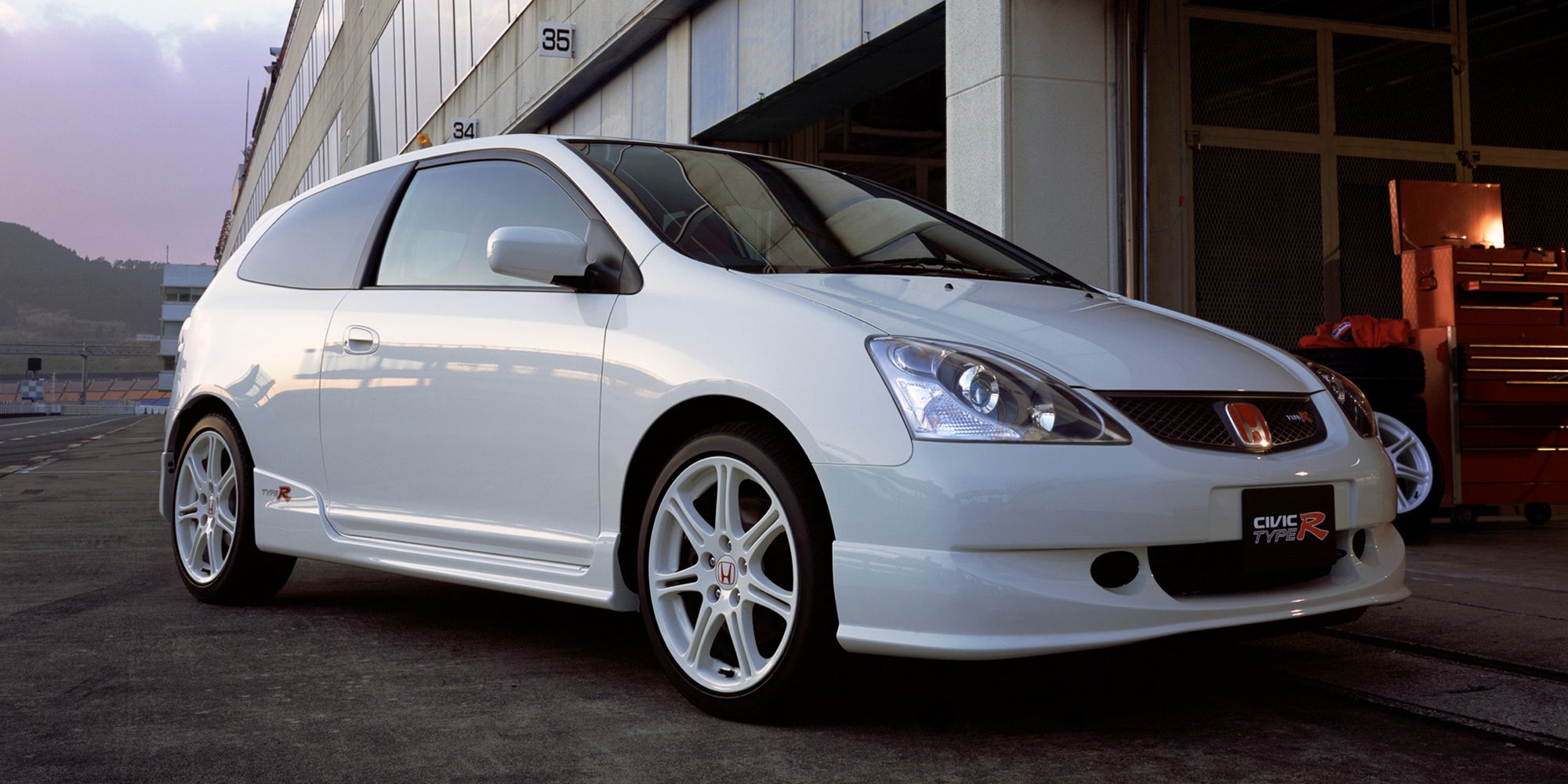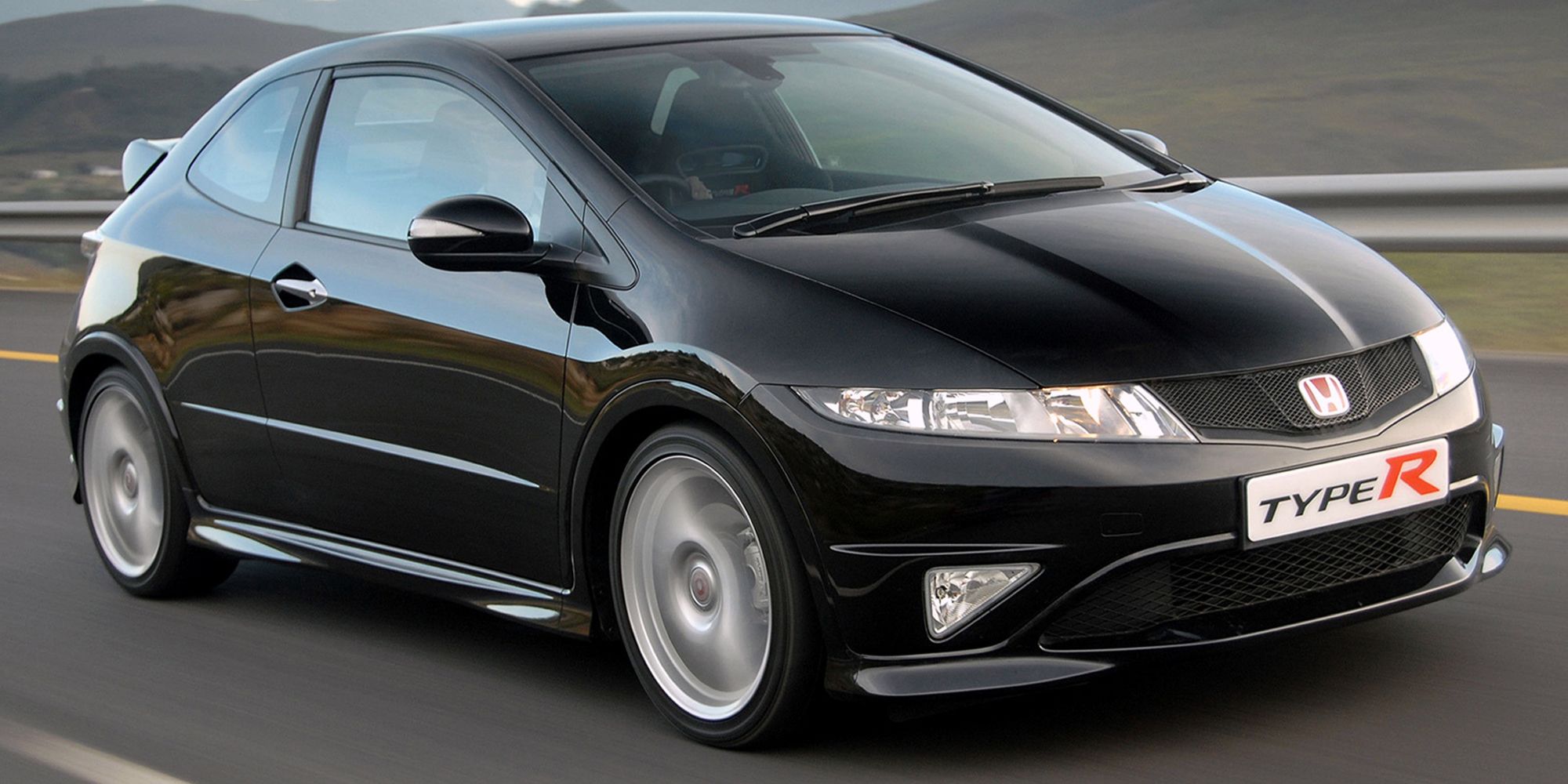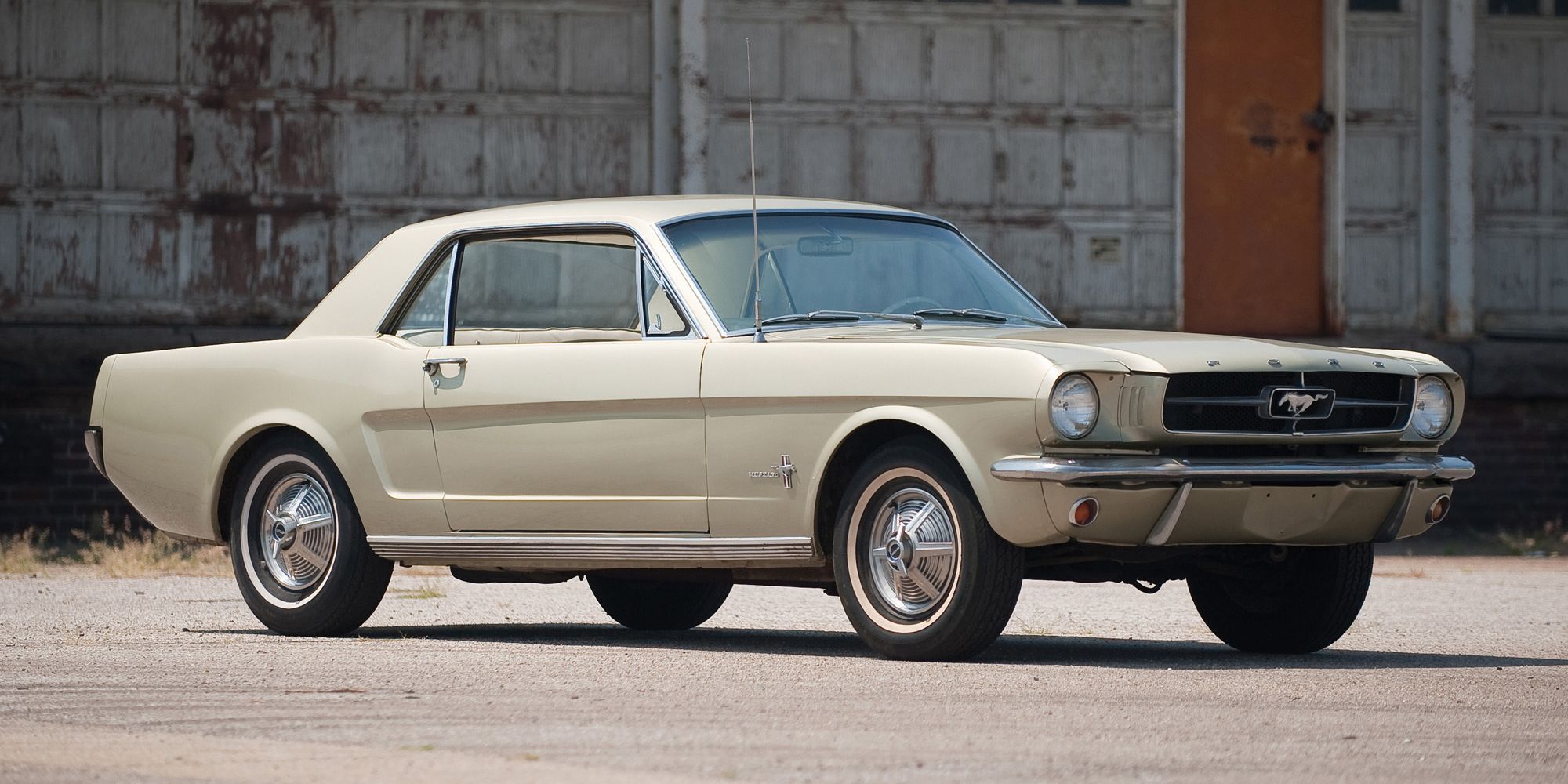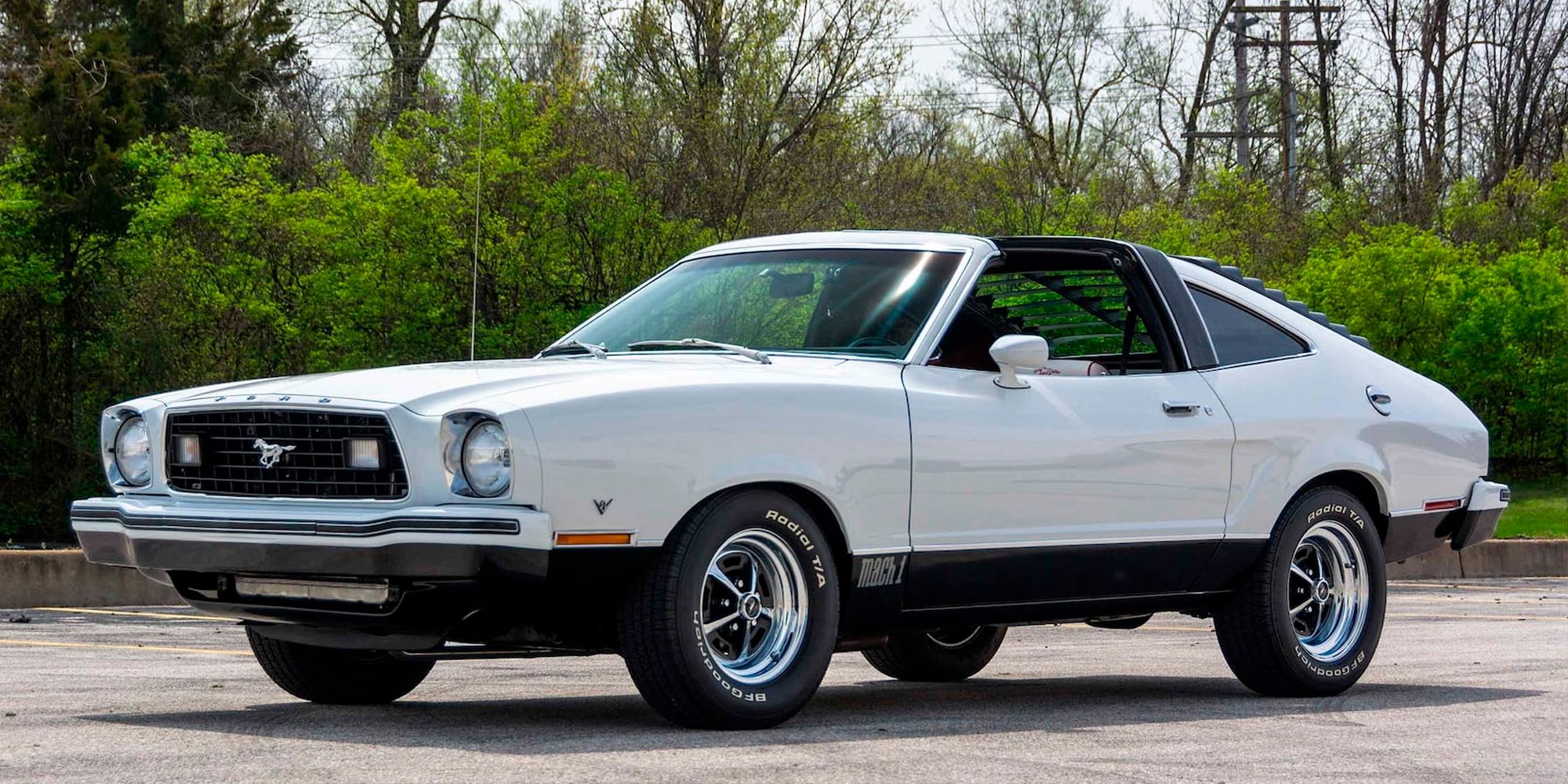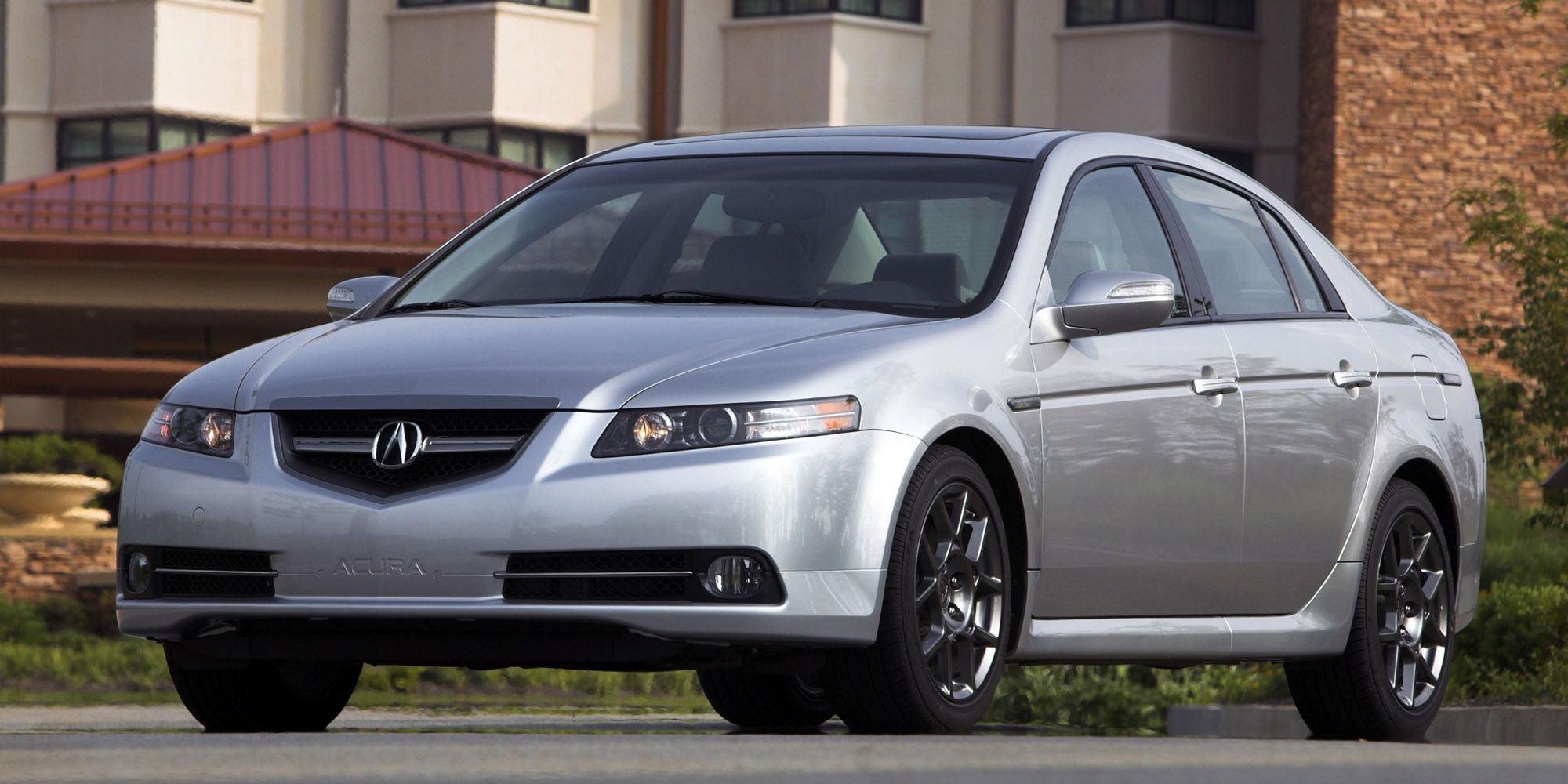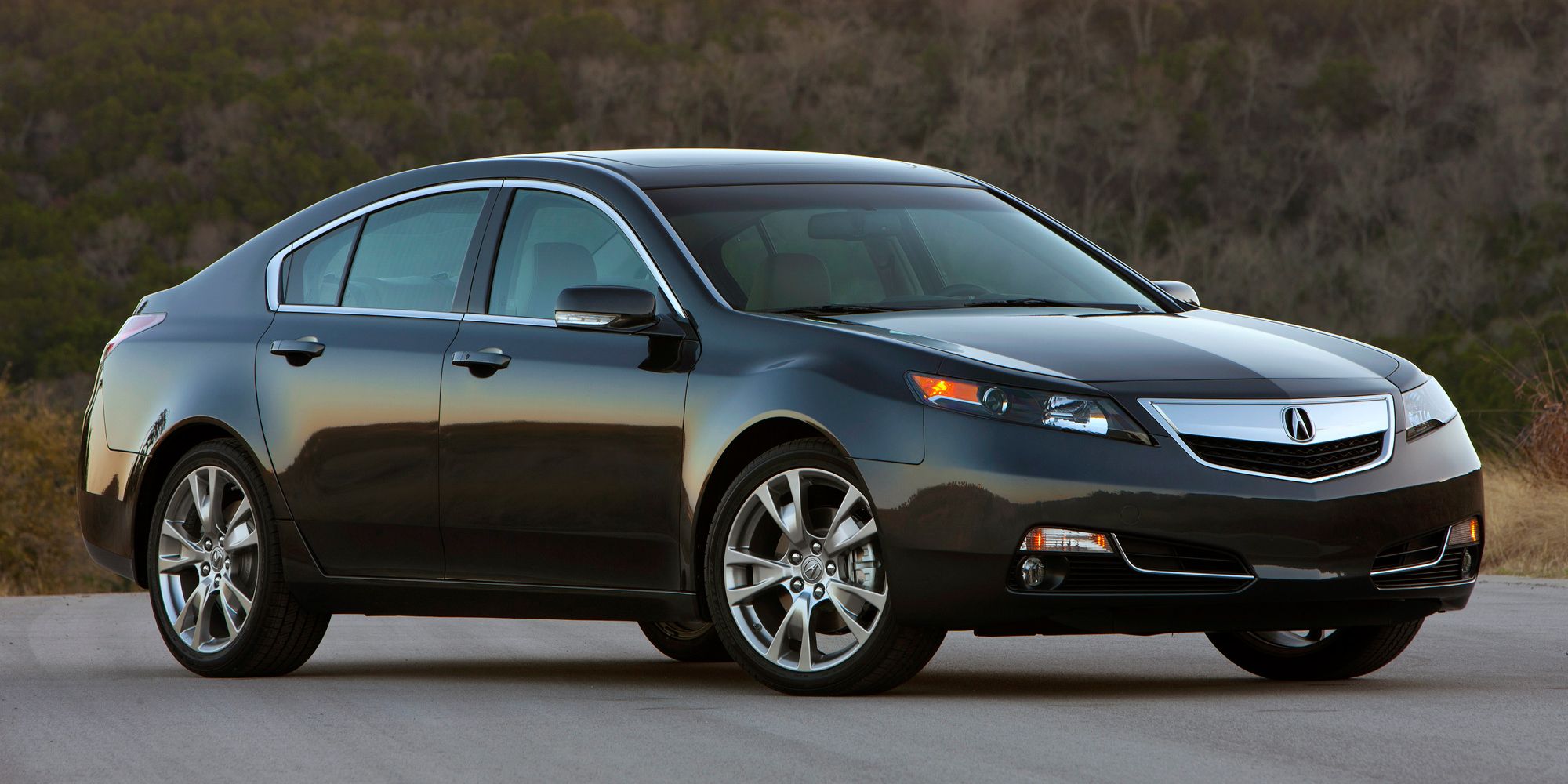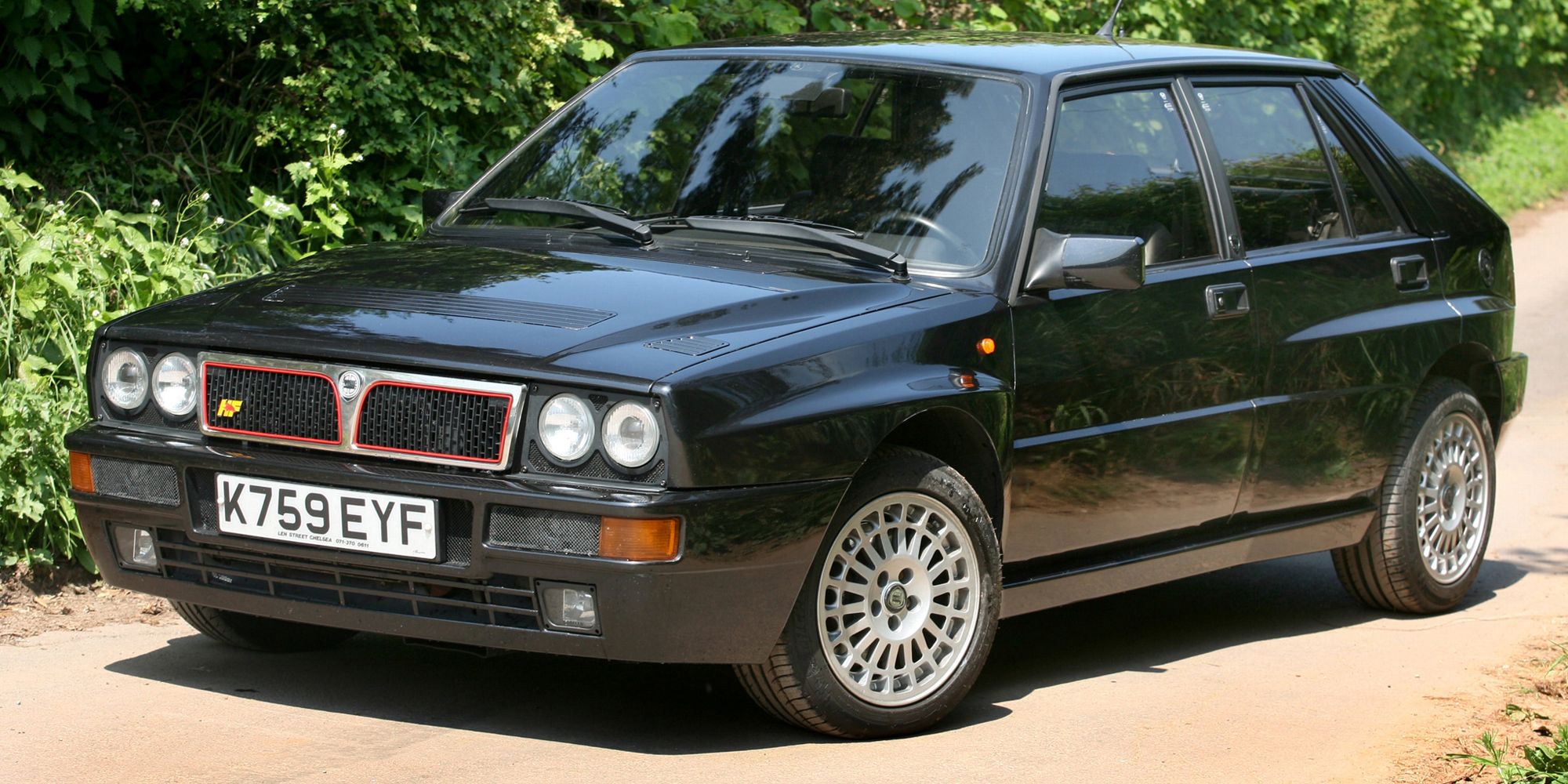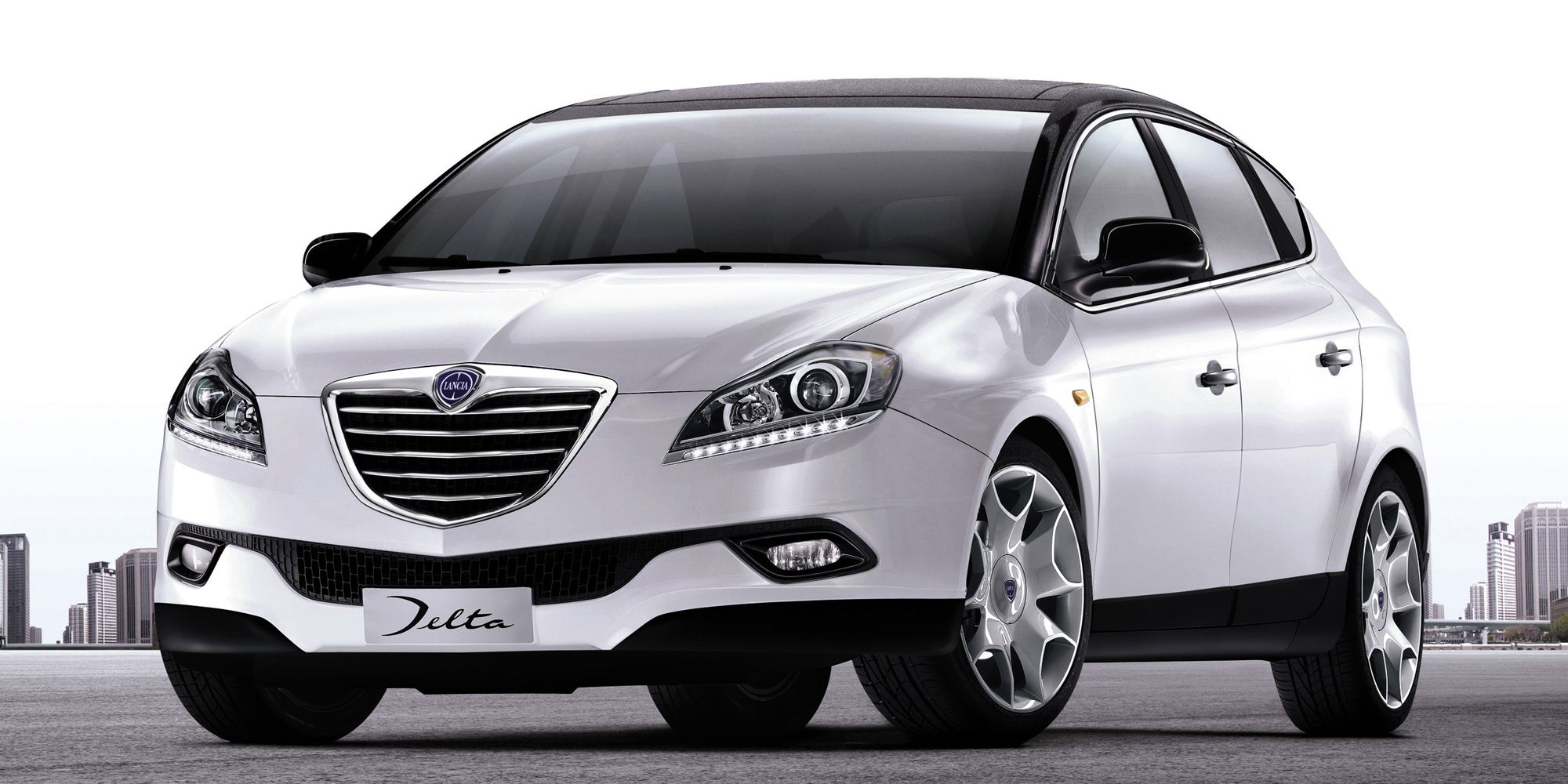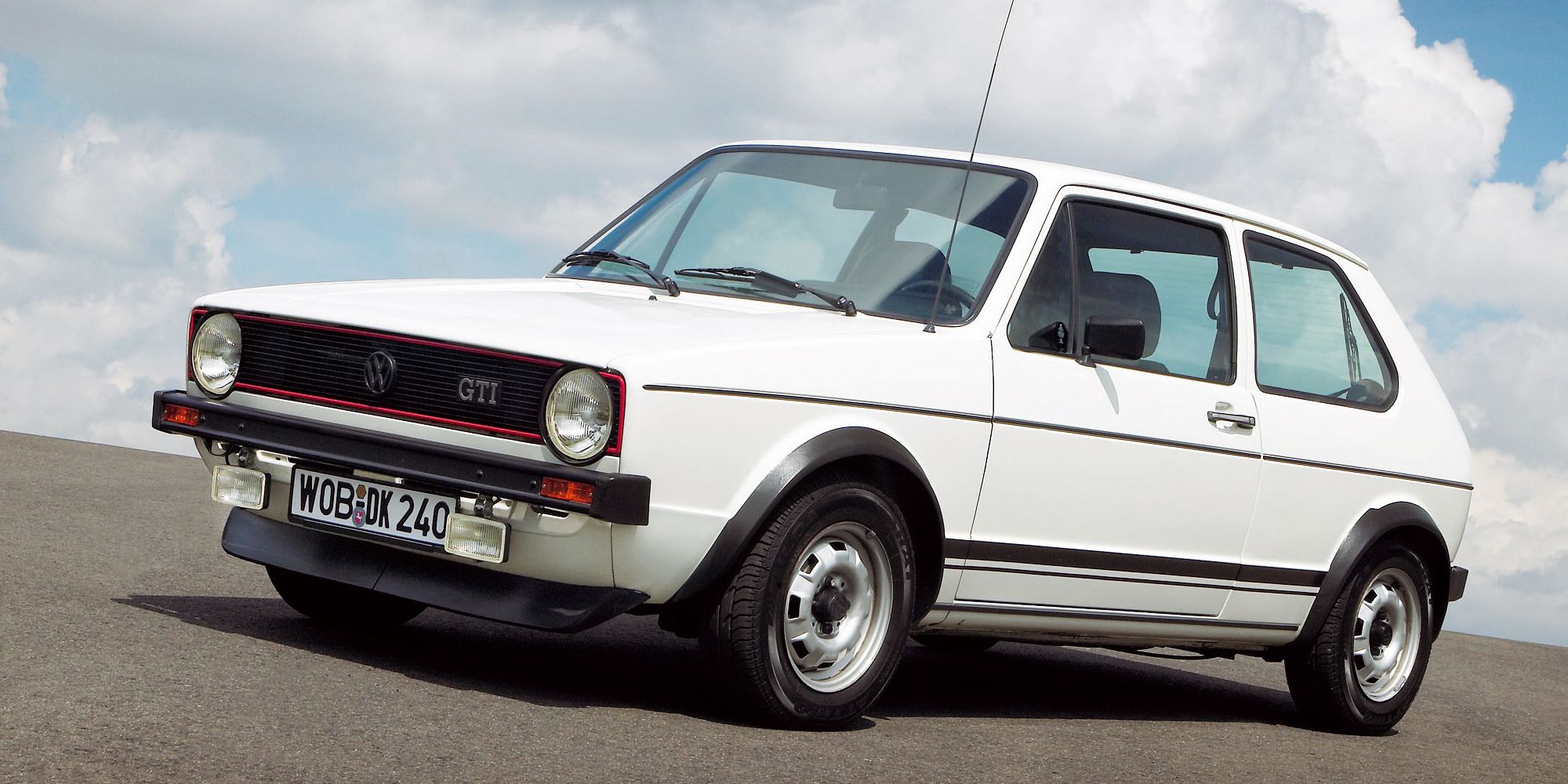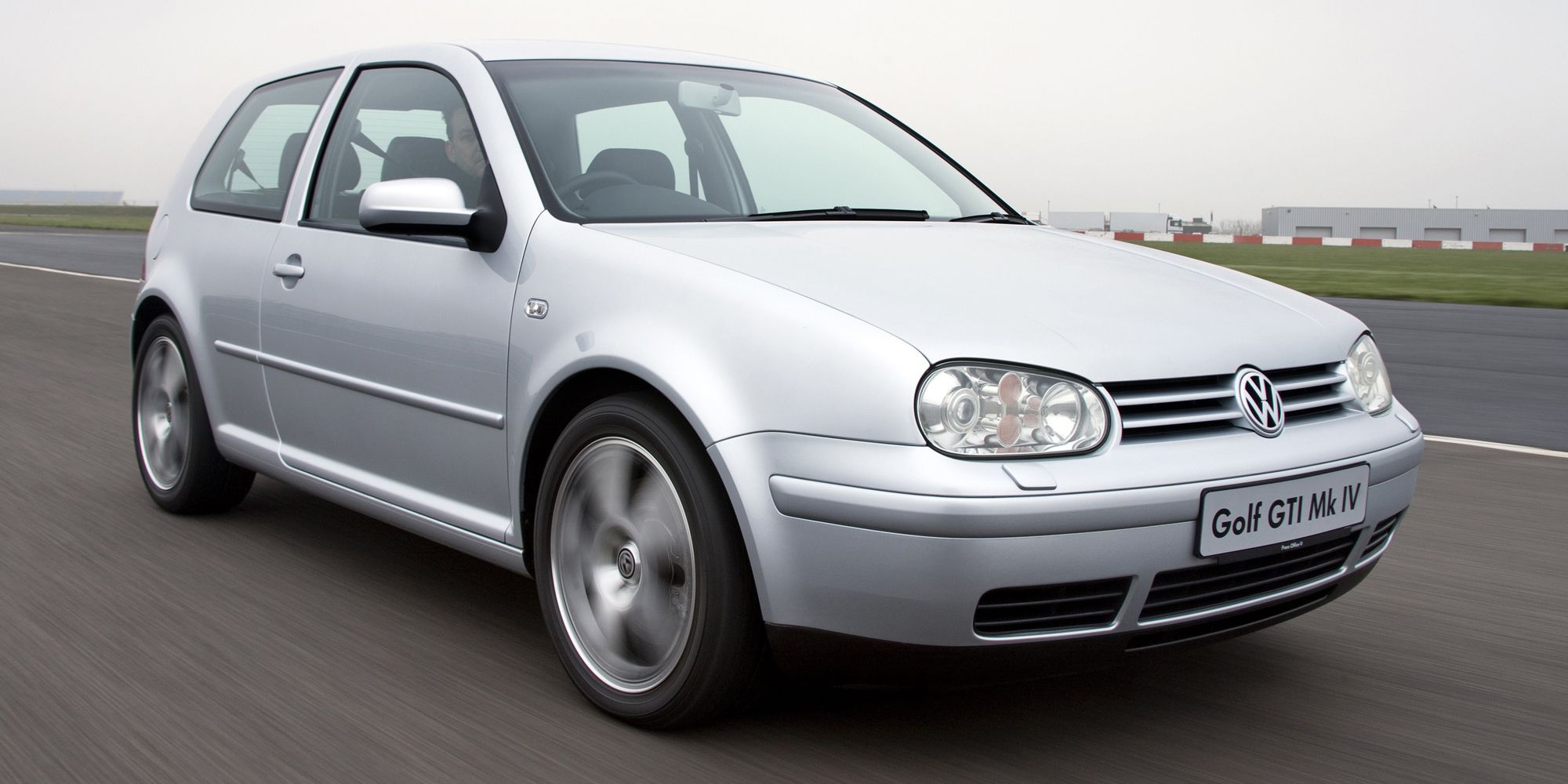Cars come and go. Everyone knows that. A lifespan of a model generation is around 5 or 6 years, with a mid-cycle facelift somewhere in-between (for good and bad), after which the automaker launches a new generation with improvements, or uses a new nameplate altogether. It's just the way the industry works.
But sometimes, model generations and their improvements, or in this case, regressions, can have some interesting implications. One generation of a certain model was absolutely brilliant, and not only were the expectations for the following one not realistically achievable, it sometimes seemed like automakers purposely held back on the replacements for these awesome cars.
10 Toyota Celica GT-Four
First launched in 1970, the Celica was Toyota's flagship sporty coupe, and throughout its life, it went through various revisions across six generations. Although pretty much all Celica models are cool, none are quite as vaunted as the excellent Celica GT-Four of the nineties. Based on the fifth-generation Celica, it had 200 hp, AWD, and a 5-speed manual transmission.
Surely, everyone thought, the next generation Celica would be even better. It wasn't. The sixth-generation Celica went on sale in 1999, and everyone was immediately worried about the absence of a high-performance version, which never actually happened. Toyota did offer something called the "Action Package," which added some really vulgar aerodynamic decorations. Still, the Celica's 1.8-liter 2ZZ-FE engine lived on in the Lotus Elise.
9 Mazda RX-7
The FD RX-7 was Mazda's foray into the 90s Japanese sports car craze, competing with the Subaru SVX, the Mitsubishi 3000GT/GTO, and the Nissan 300ZX. Unlike its competitors, and perhaps famously, the RX-7 used a rotary engine, which made a great noise, loved to be revved, but also loved to break. Constantly.
The RX-7 was canned by the late 90s in most of the world, so everyone was excited about its replacement. Arriving in 2003, the RX-8 wasn't what everyone had hoped for. Gone was the two-seat, two-door body style, and we were given a 2+2 layout with rear half-doors. It was also nowhere near as powerful, and it was never available with forced induction, and the less said about the reliability concerns, the better.
8 Mercedes-Benz S-Class (W140)
There was once a time when Mercedes-Benz was all about quality and ensuring that every single one of their cars was as bulletproof as possible. After all, there's a reason why so many of them covered a whopping million kilometers. While nowadays, Mercedes is too busy with technological advancements and selling the world's most pointless three-row SUV, Mercedes-Benz models, like the W140, were extremely durable, and generally amazing cars.
Benz soon realized that this money-no-object engineering philosophy wouldn't pay off in the long run, which is why they dramatically changed tactics for the W220 S-Class in the 2000s. The styling wasn't very well received. Neither were the materials. Neither was the hideously complicated electronics. Possibly the most reliable thing in the W220 S-Class, and especially the V12 models, were all the warning lights in the gauge clusters.
7 BMW 7 Series (E38)
Much like Mercedes, we're living in a very interesting era for BMW. While these days they prefer to stick giant kidney grilles on their cars that barely a fifth of their customer base actually likes, they were once the kings of the hill. They really did make the Ultimate Driving Machines, and that extended to the wonderful E38 7 Series, sold from 1994 to 2001.
Then, in 2002, when the E65 7 Series was introduced, it all came crashing down. This is one of the most notoriously unreliable cars to ever come out of Germany, and maybe even ever. Period. It was also considered very ugly, and it hasn't aged all that well. The E65 was also home to the first generation BMW's iDrive system, which was clunky, complicated, and prone to breaking.
6 Mitsubishi Eclipse
It was the car that single-handedly started the tuner craze in the United States. Jointly developed by Mitsubishi and Chrysler under a venture named Diamond Star Motors, the Eclipse, along with the Eagle Talon and Plymouth Laser, were introduced at the tail end of the 1980s, and they immediately got modified and street raced because of their endless tunability.
Beginning in 2003, a huge turning point was in order for the Eclipse, and it wasn't a good one. Mitsubishi, now on their own with the Eclipse with no influence from Chrysler, decided to take everything that made the first two generations awesome and completely throw it out. A heavy V6 engine with a tiny amount of power drove only the front wheels of a much heavier (and uglier) car. No one was impressed, leading the Eclipse to bow out after 2011.
5 Honda Civic Type R (EP3)
The first Civic Type R, known commonly as the EK9, is a darling among JDM enthusiasts, and it's slowly becoming a highly desirable and collectible car. The generation that followed, the EP3 Type R, is much more accessible, and it's one of the best hot hatchbacks of all time. Tiny weight figure, 200 hp, 6-speed manual, 8,000 RPM, and the joyous four-wheel independent suspension.
The FN2 Civic Type R, which replaced the EP3 in 2006, was a huge disappointment by comparison. Sure, it looked a lot cooler, but that was really about it. The FN2 was heavier and bigger, but it didn't have enough additional power to offset the weight gain. It also swapped out the independent suspension for a torsion beam setup, and the ride was truly terrible. While it was decent in its own right, compared to the EP3, it was a huge downgrade.
4 Ford Mustang
Few people knew it at the time, but 1964 was the year when Ford Motor Company would unleash a total revolution on the automotive industry. That was the year when they released the Ford Mustang, one of the most successful and famous cars in all of history. By the late 60s and early 70s, the Mustang range was full of different models, and it was selling in the millions.
Then, it all came to a screeching halt. The oil crisis hit the United States badly by the early 70s, but Ford didn't want to kill off this nameplate that they used to build a huge customer base. They had to compromise in some areas, so they built the Mustang II on the Pinto platform and gave it four-cylinder and V6 engines. The end results were absolutely disastrous, and the Mustang II frequently finds itself in "worst cars in history" lists.
3 Acura TL
When Acura first arrived in the United States as Honda's luxury brand, they were selling some pretty interesting cars, like the Vigor, the Legend and the CL, and of course, the NSX. In the 2000s, they slowly started to make a shift towards boring cars, but the TL and TL Type-S were safe from this transition.
Unfortunately, when the TL got revised for the 2012 model year, all of the fizz that the Type-S and the previous generation model had in general vanished. The 2012 TL was nothing special, and the styling was a little bit awkward, looking like a sedan that has swelled up badly after tooth removal surgery. Thankfully, Acura seems to be rushing back to its sporty roots, thanks to the new TLX Type-S.
2 Lancia Delta
Back in the 1980s and 1990s, Lancia was the premiere WRC manufacturer, with the RWD 037 winning the championship in 1983, and the Delta HF Integrale Evo winning six consecutive manufacturer titles from 1987 to 1992. That was all made possible thanks to the excellent Delta, and Lancia's model history is full of beautiful, purposeful, unreliable but charismatic cars.
The problems for Lancia started in the 2000s, when Fiat didn't really know what to do with the brand. They revived the Delta nameplate for a Golf-sized family hatchback based on the Fiat Bravo platform, and it was entirely forgettable. There were also various other Lancia blunders in the 2000s, like the Lybra, the Thesis, the Musa, and more recently, the Ypsilon.
1 Volkswagen Golf GTI
Technically it wasn't the first hot hatch in history, but the VW Golf GTI Mk1 was the first one to really kickstart the craze, and it was a truly awesome little car. The GTI is currently in its eighth generation, but in the late 90s and 2000s, something went wrong.
For reasons beyond us, Volkswagen dialed down the GTI badge on the Mk3 and Mk4 to simply a trim level and appearance package, as you could get a Golf GTI regardless of which gasoline engine you went for (except the 2.3 V5 and 2.8 V6 of course). It was also very uninspiring to drive. Thankfully, VW learned their lesson and the Mk5 GTI was a legitimate return to form.

